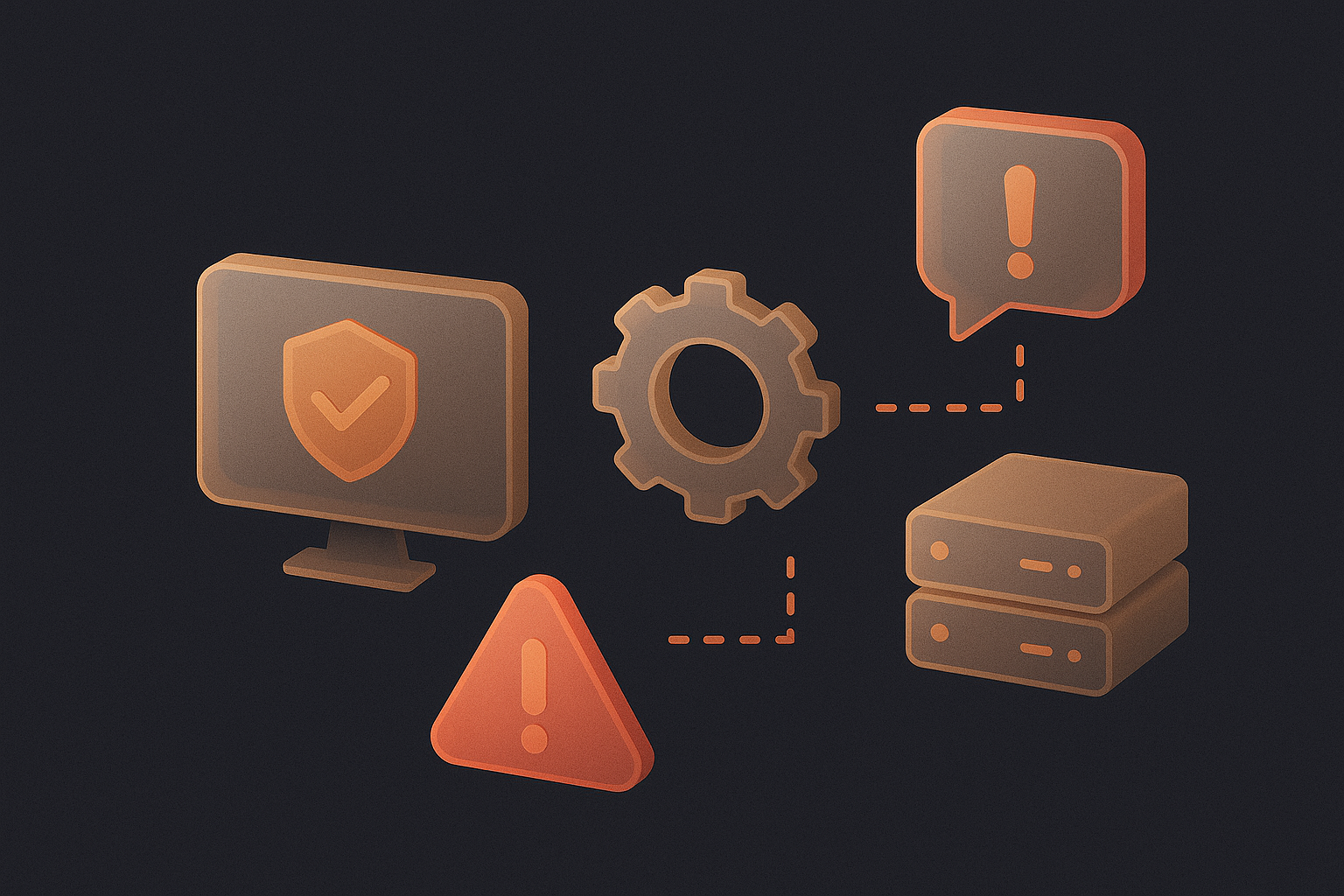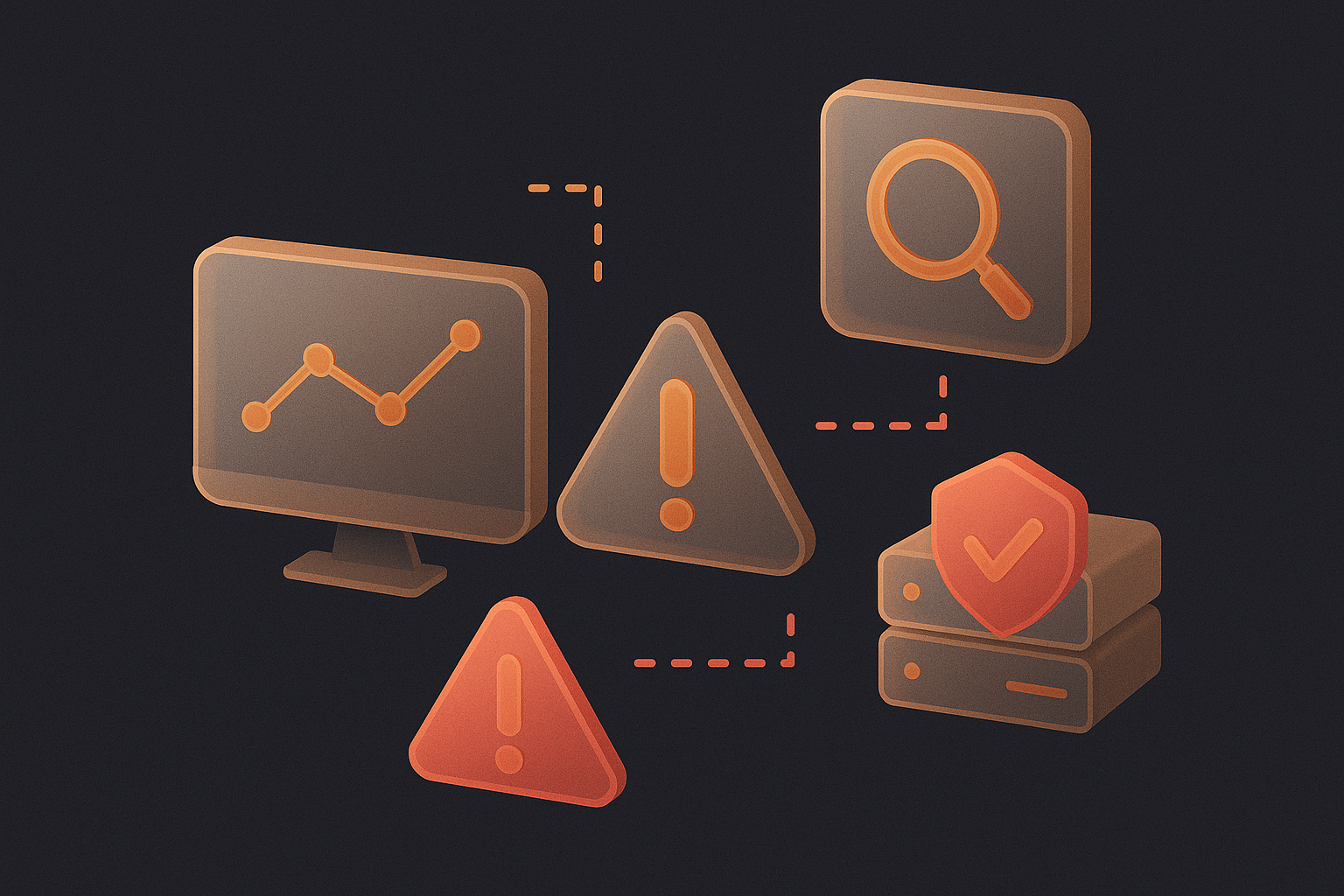For large enterprises, the network operations center (NOC) is the heartbeat of IT stability. It is responsible for monitoring thousands of devices, services, and connections around the clock. But with scale comes a flood of alerts. Without the right processes, NOC teams often face alert overload, where duplicate notifications and false positives bury critical incidents.
One global enterprise faced this exact challenge. Their NOC was receiving tens of thousands of alerts each month across multiple monitoring systems. Engineers were exhausted, response times were slipping, and leadership worried about the risks of missing a critical outage. By implementing AlertOps, the organization achieved a breakthrough: a 70 percent reduction in alert noise.
The Challenge: A Wall of Alerts
1. Excessive Duplicates
Each incident generated multiple alerts across devices, making it impossible to see the big picture.
2. Alert Fatigue
Teams were overwhelmed by constant pings and began ignoring notifications altogether, creating major risk.
3. Slow Response Times
With so much noise, urgent alerts were buried, delaying critical responses.
4. Escalation Failures
Relying on static email routing meant incidents often stalled, forcing managers to step in manually.
The NOC leadership knew they needed a solution that could not only reduce alert noise but also streamline workflows to restore team efficiency.
The Solution: AlertOps for NOC Alert Management
The enterprise deployed AlertOps as an AI-powered incident management layer on top of its existing monitoring tools. The platform was configured to address three major pain points:
- Smart Correlation: Related alerts from Cisco Meraki, ThousandEyes, and Splunk were grouped into single incidents. This eliminated duplicate notifications and provided one clear view of each problem.
- AI-Powered Prioritization: Instead of treating all alerts equally, AlertOps automatically highlighted high-severity issues. Teams could focus on critical outages first without wasting time on false positives.
- Automated Escalations: Alerts were routed through SMS, push notifications, Slack, and Teams. Dynamic escalation ensured incidents always reached the right engineer, with backups if the first responder was unavailable.
The Results: 70% Noise Reduction
Within three months of deployment, the NOC recorded measurable improvements:
- 70% fewer alerts: Duplicate alerts were consolidated, drastically reducing noise.
- Faster response times: High-priority alerts surfaced instantly, cutting mean time to resolution (MTTR).
- Improved morale: Engineers reported less stress and greater focus, since they no longer wasted hours on false positives.
- Stronger resilience: Leadership gained confidence that no critical incident would slip through the cracks.
This alert optimization case study demonstrates that effective NOC alert management is not just about reducing noise, but about empowering teams with intelligence, context, and automation.
Why It Works
The success of this initiative came from combining the visibility of Cisco tools with the intelligence of AlertOps. Cisco Meraki, AppDynamics, ThousandEyes, and Splunk generated valuable alerts, but without correlation and prioritization, the volume was unmanageable. AlertOps provided the missing layer of smart incident management, turning raw notifications into actionable insights.
For NOCs managing thousands of devices and services, alert noise reduction is no longer optional. Excessive alerts drain time, create fatigue, and increase the risk of missed incidents.
This global enterprise proved that with AlertOps, it is possible to reduce alert noise by 70 percent, accelerate response times, and give engineers the breathing room they need to focus on critical work.
As more organizations scale their operations, this alert optimization case study shows a clear path forward. With AlertOps, NOCs gain the ability to cut through noise, streamline workflows, and deliver reliable uptime on a global scale.



